
PhotoObjects.net/PhotoObjects.net/Getty Images
If you're cooking crab cakes, it is important to choose quality crab. Crab should not have a fishy or ammonia-like odor, but rather smell fresh and similar to the ocean. An ammonia or fishy smell typically means the crab is not fresh or died before processing and may not be safe to eat. Canned crab, often used in crab cakes, may have a slight odor due to the canning process. The ingredients for keeping your kitchen and home smelling fresh while you're making crab cakes are probably already in your kitchen.
Choose quality live crab. If you're purchasing live crabs for your crab cakes, look for those that are active and show leg movement; when a crab dies, it immediately begins to decay. Purchase the crab the same day you plan to cook it.
Talk to your seafood supplier when purchasing frozen crab to verify that the crab has remained frozen and not been thawed and refrozen. Avoid packages with ice crystals, which may have occurred due to thawing. Select your frozen crab at the end of your grocery trip to avoid thawing before you get home. If you will not be home for more than 30 minutes, pack the crab in a cooler filled with ice.
Place the crab in a large bowl. Add enough milk to cover the meat and let it soak for 20 minutes. Live seafood contains the compound trimethylamine oxide, or TMAO. When a crab dies, this compound becomes trimethylamine, or TMA, which is responsible for the fishy odor. The casein found in milk binds to the TMA, removing the odor. The longer the crab was dead before processing, the stronger the smell may be.
Fill a small saucepan with water and a few drops of vanilla extract. Place it on the stove and simmer the mixture while you cook your crab cakes. The vanilla absorbs any fishy odor and your kitchen smells fresh. For another option, soak cotton balls in vanilla extract and place them in a small dish on your counter.
Related Articles

How to Eat King Crab Legs

How to Tell if Shrimp Is Not Fresh
Do Sardines Ever Go Bad?

How Long Can Shrimp Be Refrigerated?
How Long Does it Take to Boil Frozen ...

How to Cook Stone Crabs
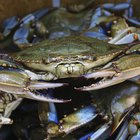
How to Cook Dead Crab
Do You Defrost Frozen Shrimp Before ...
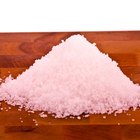
How to Use Sea Salt for Canning

How to Cook Blue Crab

The best way to cook king crab legs ...
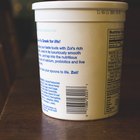
How to Freeze Greek Yogurt
How to Get Rid of the Smell of Shrimp ...
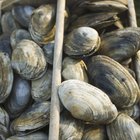
How Long Do Clams Last Unrefrigerated?
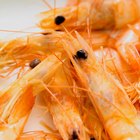
How to Prepare Live Shrimp

How to Kill a Crab
How to Cook Frozen Shrimp

Can You Cook Shrimp Without Thawing ...

How to Cook Fried Catfish Without It ...

How to Boil 1.5 Pounds of Lobster
References
Writer Bio
Deborah Lundin is a professional writer with more than 20 years of experience in the medical field and as a small business owner. She studied medical science and sociology at Northern Illinois University. Her passions and interests include fitness, health, healthy eating, children and pets.
Photo Credits
PhotoObjects.net/PhotoObjects.net/Getty Images